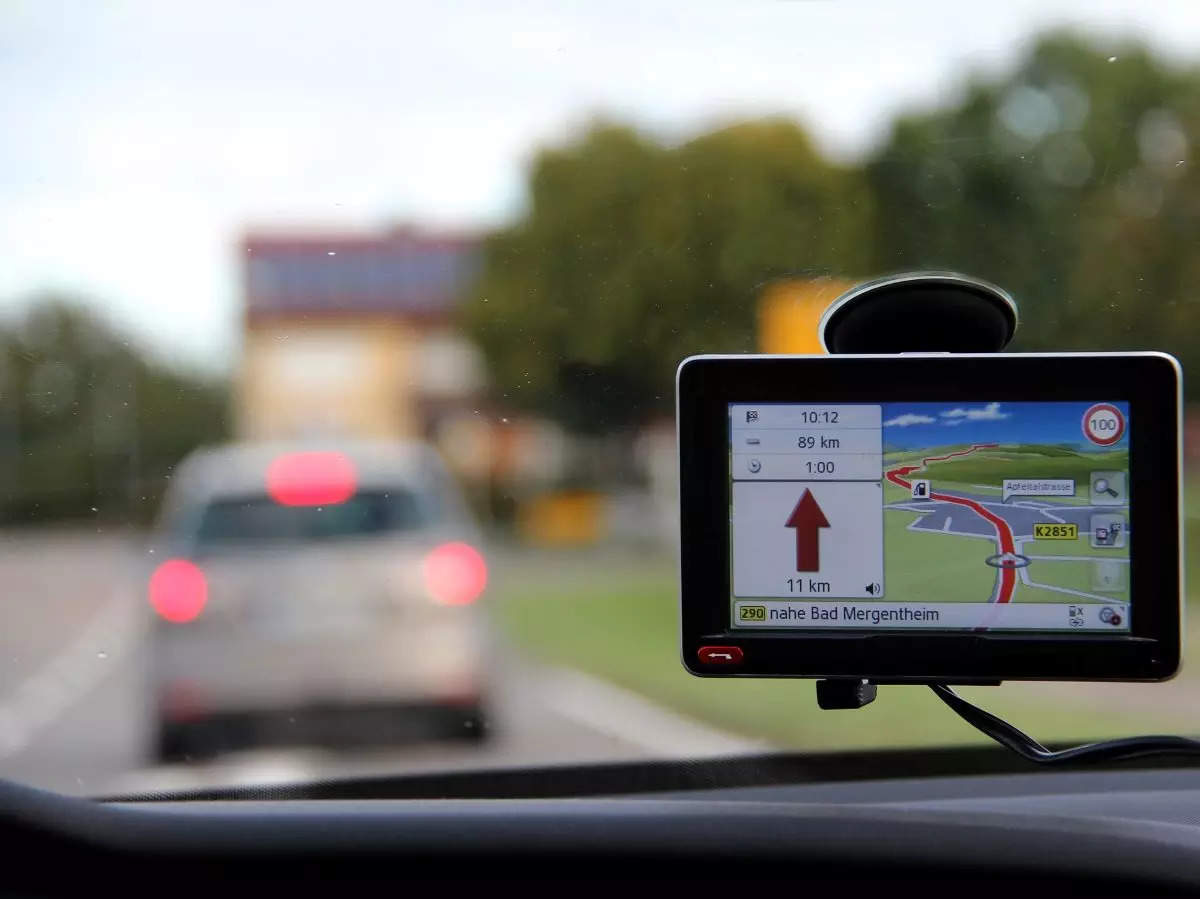The story of NavIC, India’s homegrown GPS alternative, is a testament to India’s transformation from a country reliant on others for its essential needs to one that is confident in establishing its own position in the global power hierarchy. With Apple’s agreement to include NavIC, or Navigation with Indian Constellation, in its latest iPhone15 smartphones, India has taken a significant step towards “atmanirbharta” (self-reliance), replacing the US’s Global Positioning System (GPS) that is predominantly used by smartphone makers in India. India is now mandating the use of NavIC for both smartphone and automotive manufacturers.
The desi GPS: From war to business
When Pakistani troops occupied positions in Kargil in 1999, one of the Indian military’s immediate requirements was the global positioning system data for the region. The US government’s satellite-based navigation system would have provided crucial information, but it was denied to India. While the need for an indigenous satellite navigation system was recognized earlier, the experience in Kargil reinforced its importance. In a changing geopolitical landscape, it is vital for India to be self-reliant in satellite navigation. Moreover, a desi GPS not only aids in tracking enemy locations and guiding precision weapons during times of war but also plays a significant role in boosting the economy and businesses.
A boost to the economy
In the not-too-distant past, when significant portions of India operated outside the formal economy, the development of an indigenous satellite navigation system seemed like a luxury. However, as the economy formalizes and integrates, a desi GPS becomes critical for growth. It can help businesses enhance efficiency, reduce costs, and discover new solutions. NavIC serves as a communication system, essential for expanding reach and penetration in an increasingly interconnected economy that requires better coordination.
NavIC will have a vital role in India’s ambitious project to expedite the economy through improved logistics. With the rapid construction of highways and the establishment of a multimodal national transport system, including dedicated freight corridors, NavIC can track goods and vehicles effectively, enhancing speed and efficiency.
The logistics cost in India accounts for 13% of GDP, compared to 8% in the rest of the world. This makes Indian exports less competitive and raises the prices of domestic goods. The government has devised an ambitious plan to bridge this gap. A domestically developed navigation system will enable better tracking, reduce costs, and improve efficiency.
Even something as simple as route planning can significantly impact costs when lacking efficiency. Efficient route planning ensures timely delivery of goods, minimal fuel and driver costs, improved truck utilization, and reduced vehicle wear and tear. These factors contribute to the success or failure of a logistics operation. NavIC, designed specifically for Indian conditions and more cost-effective, guarantees a seamless logistics system.
Arpit Sharma, Senior Manager- Technology Research and Advisory at Aranca, wrote in TOI that NavIC would bring better optimization and route suggestions, which will provide new use cases for developing route optimizer apps. These apps will optimize road utilization, evenly distribute traffic, and differentiate cargo traffic from consumer fleet traffic. Indian and global automakers, truck and bus manufacturers, and GPS chip makers will need to adapt their technical specifications to accommodate NavIC.
The government plans to make NavIC chips mandatory for the automotive industry. Local startup Accord Software Systems has already incorporated NavIC into the design of its integrated circuit, which is now being used to produce a 28-nanometer chip sold to Indian automotive companies. Consequently, trucks and other commercial vehicles will soon come equipped with NavIC.
Other applications
With improved positional accuracy and lower subscription costs, NavIC will be beneficial for home delivery and ride-hailing services that currently rely on GPS. NavIC will streamline operations, reduce costs, and increase efficiency. Additionally, general delivery businesses can benefit from NavIC for the same reasons.
NavIC can also create new use cases for navigation-based gaming apps, auto insurance companies tracking mortgaged vehicles, location-sensitive advertisements by advertising companies, and location-based use cases in the travel and tourism industry. It can enhance the guests’ experience by providing informative and interactive tours. Furthermore, NavIC will facilitate the growth and efficiency of India’s drone industry, particularly in drone delivery businesses.
The NavIC advantage
NavIC has limited coverage compared to GPS systems developed by the US, EU, Russia, and China. However, it is interoperable with all of them. Although integrating NavIC at the processor level may increase costs for mobile handset-makers, it will not be a significant burden. US semiconductor multinational Qualcomm has been supporting NavIC in select smartphone chips since 2019.
The primary difference lies in the serviceable area covered by these systems. GPS serves users worldwide, with satellites circling the Earth twice a day, while NavIC is currently limited to India and adjacent areas. The government intends to expand NavIC’s coverage from regional to global, ensuring its signal availability worldwide. Other navigation systems with global coverage similar to GPS include Galileo from the European Union, GLONASS owned by Russia, China’s Beidou, and Japan’s QZSS, which primarily covers the Asia-Oceania region.
While NavIC matches other GPS systems in terms of accuracy, it is better-suited for the Indian terrain and performs exceptionally well in India’s tropical climate.
Denial of responsibility! Vigour Times is an automatic aggregator of Global media. In each content, the hyperlink to the primary source is specified. All trademarks belong to their rightful owners, and all materials to their authors. For any complaint, please reach us at – [email protected]. We will take necessary action within 24 hours.



